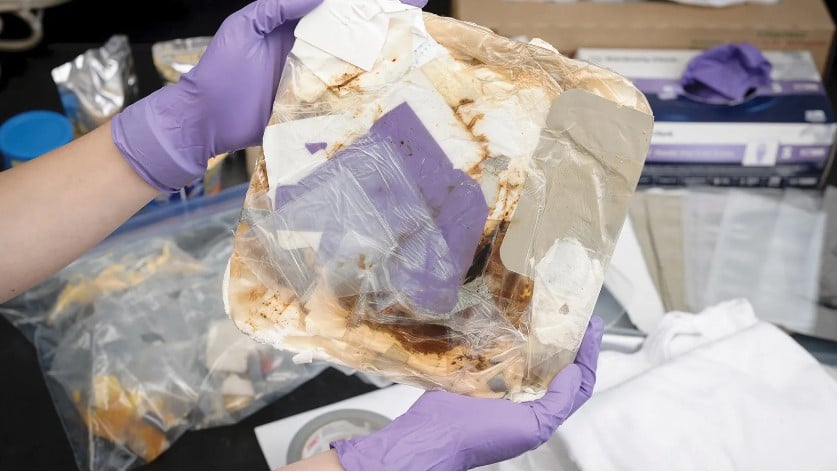Astronauts on the International Space Station generate their share of garbage, filling up cargo ships that then deorbit and burn up in the atmosphere. Now Sierra Space has won a contract to build a trash compactor for the space station. The device will compact space trash by 75% in volume and allow water and other gases to be extracted for reclamation. The resulting garbage blocks are easily stored and could even be used as radiation shielding on long missions.
Called the Trash Compaction and Processing System (TCPS), plans are to test it aboard the International Space Station in late 2026.
Sierra Space said this technology could be critical for the success of future space exploration -- such as long-duration crewed missions to the Moon and Mars -- to handle waste management, stowage, and water reclamation.
"Long-term space travel requires the efficient use of every ounce of material and every piece of equipment. Every decision made on a spacecraft can have far-reaching consequences, and waste management becomes a matter of survival and mission integrity in the vacuum of space," said Sierra Space CEO, Tom Vice, in a press release. "We're addressing this challenge through technological innovation and commitment to sustainability in every facet of space operations. Efficient, sustainable, and innovative waste disposal is essential for the success of crewed space exploration."
NASA said that currently aboard the International Space Station (ISS), common trash such as food packaging, clothing, and wipes are separated into wet and dry trash bags; these bags are stored temporarily before being packed into a spent resupply vehicle, such as the Russian Progress ship or Northrup Grumman's Cygnus vehicle. When full, these ships undock and burn up during atmospheric re-entry, taking all the trash with it.
However, for missions further out into space trash will have to be managed and disposed of by other methods, such as jettisoning the trash into space – which doesn't sound like a very eco-friendly idea. Additionally, wet trash contains components that may not be storable for long periods between jettisoning events without endangering the crew.
Plus, there's currently no way for any water to be reclaimed from the "wet" waste. The TCPS should be able to recover nearly all the water from the trash for future use.
TCPS is a stand-alone system and only requires access to power, data, and air-cooling interfaces. It is being designed as simple to use.
Sierra Space said the device includes an innovative Catalytic Oxidizer (CatOx) "that processes volatile organic compounds (VOCs) and other gaseous byproducts to maintain a safe and sterile environment in space habitats." Heat and pressure compacts astronaut trash into solid square tiles that compress to less than one-eighth of the original trash volume. The tiles are easy to store, safe to handle, and have the added -- and potentially very important -- benefit of providing additional radiation protection.
Sierra Space was originally awarded a contract in 2023, and in January 2024 they completed the initial design and review phase, which was presented to NASA for review. Sierra Space is now finalizing the fabrication, integration, and checkout of the TCPS Ground Unit, which will be used for ground testing in ongoing system evaluations. Based on the success of their design, Sierra Space was now awarded a new contract to build a Flight Unit that will be launched and tested in orbit aboard the space station.
NASA said that once tested on the ISS, the TCPS can be used for exploration missions wherever common spacecraft trash is generated and needs to be managed.
 Universe Today
Universe Today

